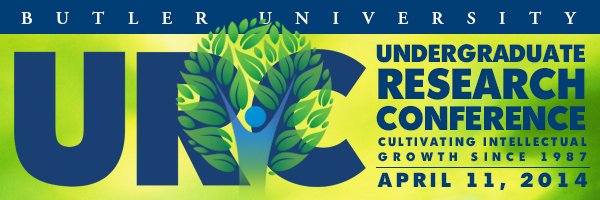
Psychology
How College Students Finance Their Education and Their Drinking Behaviors
Document Type
Poster Presentation
Location
Indianapolis, IN
Subject Area
Psychology
Start Date
11-4-2014 12:00 PM
End Date
11-4-2014 12:59 PM
Sponsor
Rose Marie Ward (Miami University of Ohio)
Description
In the United States, about 60% of college students are paying for college with student loans (ASA, 2013). Upon graduation, it is estimated that college students owe tens of thousands of dollars. In addition according to the National Center for Education Statistics, up to 48 to 77% of college students reported having a job (NCES, 2002, 2005) and up to 30% of students work more than 30 hours per week (NCES, 2005). These trends are continuing to grow with the increasing cost of higher education (NCPPHE, 2003). In addition to loans, students can also pay for their college via scholarships, grants, or help from their family. Another trend in colleges and universities is binge drinking. Currently, about 40% of college students binge drink (NCASA, 2007). Binge drinking has detrimental consequences for students physically, mentally, and emotionally (NCASA, 2007). However, it is unknown if there is a relation between how a college student is financing their education and how much alcohol they consume. The purpose of the current study is to examine the relationship between methods of financing college expenses and alcohol consumption. Participants were invited to complete the online survey through an email invitation that was sent to club and class listservs. The data from these survey is currently being analyzed, however, the hypothesis is that students who are funding their own college tuition (via employment or scholarships/grants) will drink significantly less than those who are not funding their own college tuition.
How College Students Finance Their Education and Their Drinking Behaviors
Indianapolis, IN
In the United States, about 60% of college students are paying for college with student loans (ASA, 2013). Upon graduation, it is estimated that college students owe tens of thousands of dollars. In addition according to the National Center for Education Statistics, up to 48 to 77% of college students reported having a job (NCES, 2002, 2005) and up to 30% of students work more than 30 hours per week (NCES, 2005). These trends are continuing to grow with the increasing cost of higher education (NCPPHE, 2003). In addition to loans, students can also pay for their college via scholarships, grants, or help from their family. Another trend in colleges and universities is binge drinking. Currently, about 40% of college students binge drink (NCASA, 2007). Binge drinking has detrimental consequences for students physically, mentally, and emotionally (NCASA, 2007). However, it is unknown if there is a relation between how a college student is financing their education and how much alcohol they consume. The purpose of the current study is to examine the relationship between methods of financing college expenses and alcohol consumption. Participants were invited to complete the online survey through an email invitation that was sent to club and class listservs. The data from these survey is currently being analyzed, however, the hypothesis is that students who are funding their own college tuition (via employment or scholarships/grants) will drink significantly less than those who are not funding their own college tuition.
